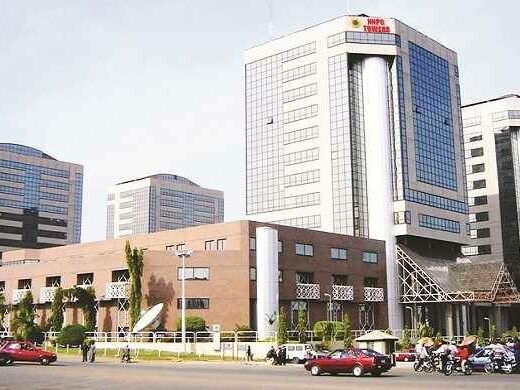Also known as the MKO Abiola stadium…
Moshood Abiola National Stadium (formerly known as National Stadium Abuja) is a multipurpose national sports stadium located in Abuja, in the Federal Capital Territory of Nigeria. The stadium serves as a home to the Nigerian national football team, as well as a center for various social, cultural, and religious events. The Federal Government of Nigeria approved the contract for the construction of the National Stadium complex and Games Village on 18 July 2000. The stadium was constructed to host the 8th All Africa Games which took place in October 2003. On 12 June 2019, President Muhammadu Buhari announced the change of the name of the National Stadium, Abuja to Moshood Abiola National Stadium. President Buhari made this pronouncement during his speech at the Democracy Day celebration on Wednesday at the Eagle Square, Abuja.
Moshood Abiola National stadium main bowl is designed to accommodate 60,491 spectator seats[4] covered by a lightweight roof construction. The main characteristics are the two overlapping spectator tiers; the lower tier accommodating 32,000 seats and the upper tier 28,000 seats. The lower tier also incorporates 56 corporate suites with viewing terraces and one presidential lounge for 50 guests. All functional and secondary areas are accommodated in the entrance building which provides a gross floor area of approximately 25,000 m². This building is arranged below the concourse level which serves as the spectators‘ distribution level and therefore provides several kiosks, banks, first aid stations and toilet buildings. The structure of the stadium is a combination of in situ and precast concrete elements. There are 36 towers supporting the upper tier and the roof structure. These towers are founded on 140 bored piles with diameters of 1.30 m and 1.50 m in a depth of 8.00 m to 30.00 m. Precast concrete elements varying between 13 and 15 meters in length are placed between the towers, forming the spectator stands. A total of 6,300 precast elements were produced in the company’s production yard 15 kilometers away. The towers are connected on the top by a 2.50 m high and 2.00 m wide hollow concrete ring beam with a wall thickness of 0.35 m. The roof structure is fixed on 36 massive concrete points to the ring-beam. For the first time in the world, the ringbeam for this kind of roof structure was made of concrete. The roof structure itself is a cable construction with a weight of 800 tons carrying a 28.000 m² membrane.
Visits: 93






Leave a Reply